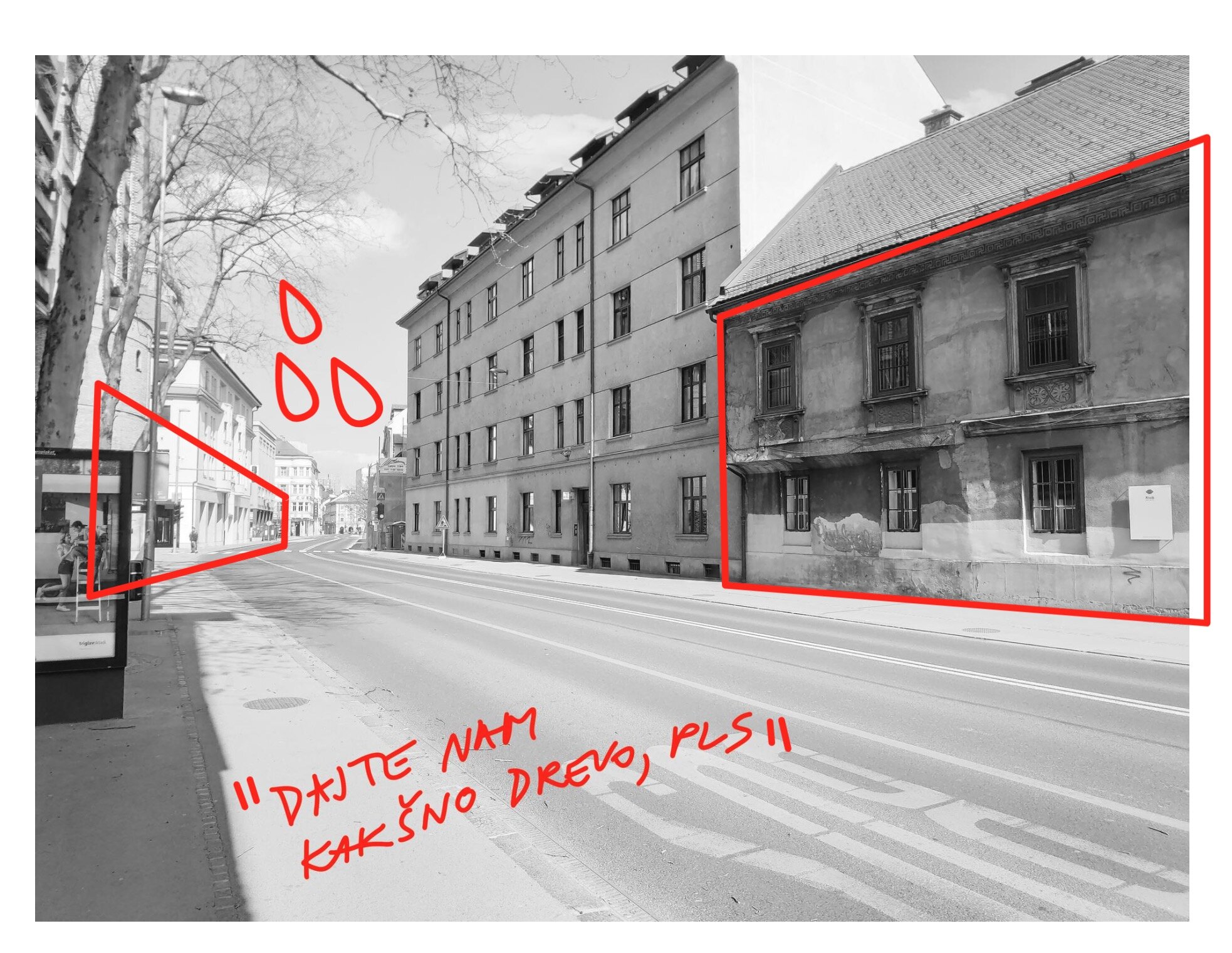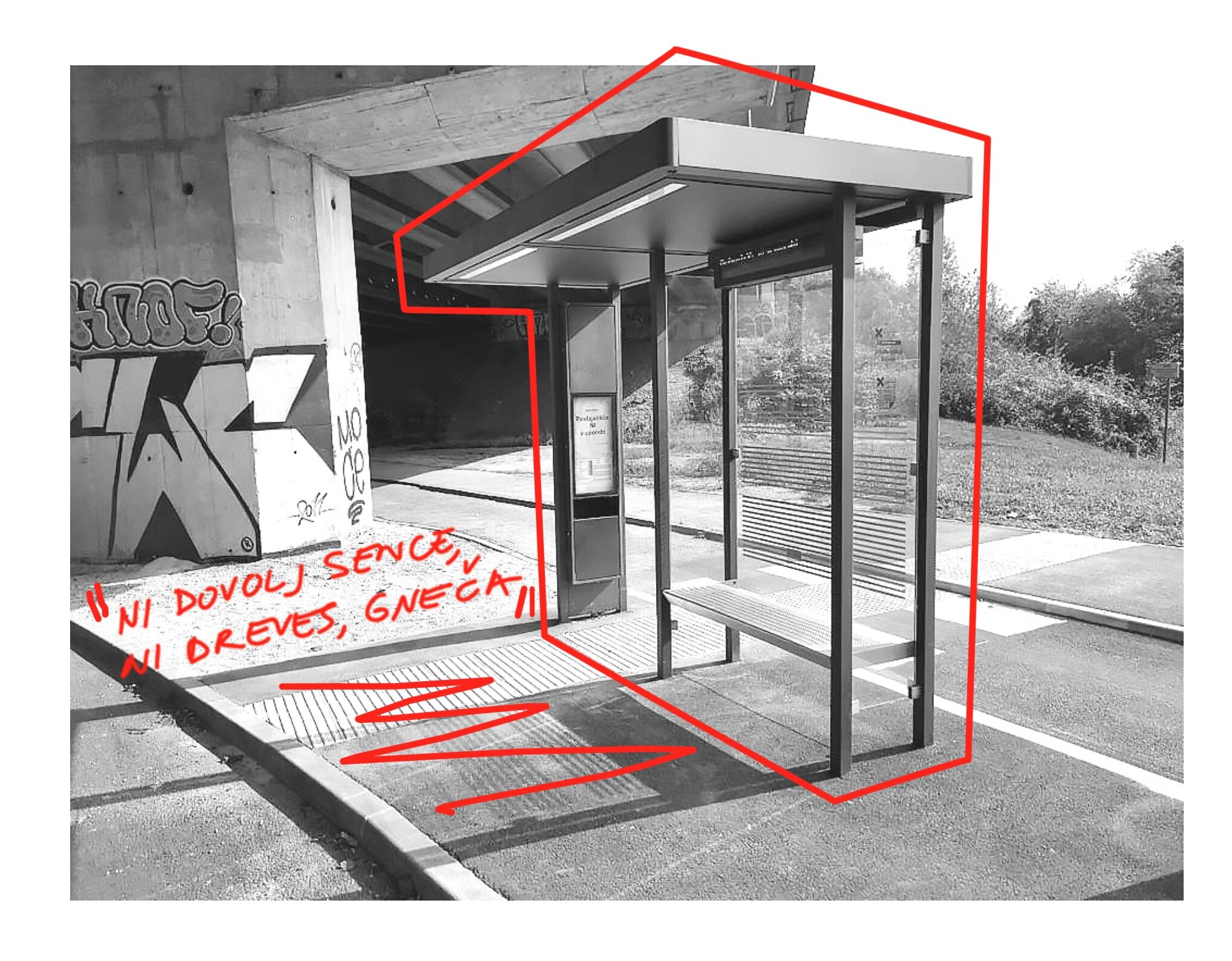Participation & Community Building
Hotspots, Ljubljana
We asked the residents of Ljubljana to identify spots that get too hot in the summer.

On average, every summer in Ljubljana will be hotter than the previous one. That is why we need to start thinking how to ease the summer heat and adapt the city to ever higher temperatures as soon as possible. Pedestrians, cyclists, and other users of public spaces have the best insight into which parts of the city get too hot. With the Hotspots project, we invited them to vote for locations they recognize as hot. In three weeks, they cast around 700 votes.
The analysis of the responses showed that people choose longer routes in the summer or avoid certain locations in the city altogether due to the heat. In addition, some prefer to use a car instead of cycling or walking to avoid the sun. Many respondents also suggested how to improve the climate in the city - they want more and bigger trees, less asphalt, less concrete, and less parking spaces.
Among the locations that received the most votes are the area of the Ajdovščina intersection, the Slovenska and Celovška roads, and the Župančičeva jama neighbourhood. We noticed that bus stops are also common among the hotspots, and the University Medical Centre stop stands out among them. The data is consistent with the locations of heat islands measured by satellite thermal imaging in the Urban heat island study (Komac et al., 2014). We prepared proposals for cooling measures for the locations with the most votes and presented them to the City Municipality of Ljubljana.







Given how climate change will affect Ljubljana, individual cooling measures will not be enough. We need to start planning public space differently. Among the measures that cities need to take seriously, if they want to mitigate climate change, are: more (diverse) greenery, more water-permeable areas, well-maintained areas, sustainability of environmentally friendly interventions, user involvement, more comfort for pedestrians and cyclists, attractive public transportation, and fewer cars. All Slovenian cities should consider these basic principles of public space planning for climate change mitigation.
Our research was conducted with the free, open-source tool canvis.app.
Website: Vroče točke.
Ljubljana • Partners: Brendan McGill (canvis.app), Ljudje d.o.o. • Supporters: The project is a part of the Climate programme by Mreža za prostor, co-financed by the Eko sklad and the Ministry of the Environment and Spatial Planning with funds from the Climate Change Fund • August 2020

